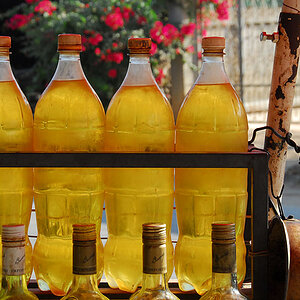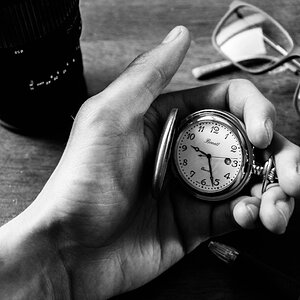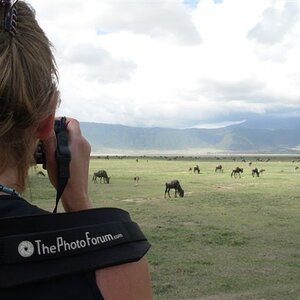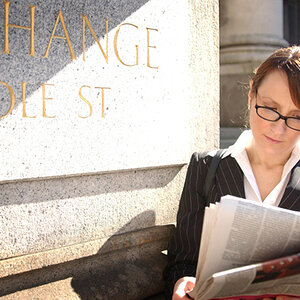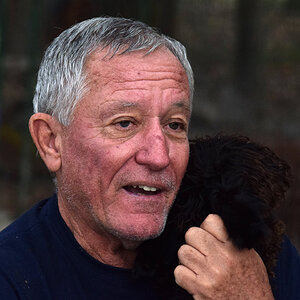Jazz
TPF Noob!
- Joined
- Dec 26, 2006
- Messages
- 147
- Reaction score
- 0
- Location
- NYC
- Can others edit my Photos
- Photos NOT OK to edit
It helps so much when the customer/model is into making images, as she was. These were shot with a Hassie 120/f4 on Delta 100, with white seamless. Then I made fiber prints for her. Eventually, I scanned the prints and put the three individual photos together into a single image in PS. (The silo effect was created in the studio, not in PS.)
I find it difficult to pose pregnant women, and would welcome all comments on the posing, or anything else, too. Thanks for looking.

I find it difficult to pose pregnant women, and would welcome all comments on the posing, or anything else, too. Thanks for looking.




